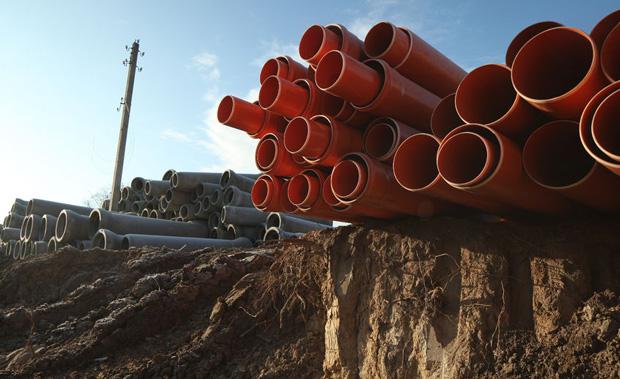Emma Clements is the Flood and Land Principal at Inertia Engineering, a Brisbane-based firm specialising in civil, structural and water engineering design. She has over 15-years experience working in Australia and the UK on projects of varying scales. Emma shares her top tips on flood considerations for your development, how to respect waterways while maximising yield, and the challenges of being a working mum in the construction industry.
Can you tell us about your experience? What do you love about engineering?
In past roles, I spent time in the Queensland mines undertaking water management programs and design and construction of river diversions. I’ve also worked with councils on Flood Risk management programs.
One of my favourite and most challenging roles was when I was supporting a country-Victoria council (Wimmera Shire). I was the technical support to help the Council facilitate their river stabilisation budget. This involved a lot of community networking and educating farmers on river stabilisation techniques, which was fascinating.
More recently, my passion has moved into development. I work with developers, architects, planners on a diverse range of mixed use developments throughout Queensland. I love getting involved in the project during the early stages, to help identify the site's land and water opportunities and constraints. It’s great helping to create the development footprint while respecting the local topography and surroundings.
Communication is key – with my team, my clients, with state and local authorities. That’s what I really love about my role – I get to talk shop all day.
Why water engineering?
I have always been intrigued with anything to do with water. When I was growing up, we had a hobby farm which always flooded. I was fascinated when it rained, how the water would rise and drop back, the speed of it, the damage it caused. I think this is where my interest started.
Why is it a vital consideration on every project?
It can be the difference between a site working well, being compromised (which can reduce returns) or in some instances, not working at all.
Any tips on what developers need to look out for in relation to flood?
First, check out the council’s flood mapping – this provides any known flood data from nearby waterways.
Next, look at local and nearby stormwater infrastructure. Big pipes running through the site generally means there’s a lot of water travelling through or near your property.
As engineers, we can advise if flood is a deal breaker, or find an innovative solution that ensures your project can move forward.

How can developers respect local topography and maximise their yield at the same time?
Understand where the water is coming from. Is it from nearby creeks/waterways? Is the local stormwater infrastructure at capacity?Consider how much extra runoff your development will create and where you will direct this water.
Be up to date with the local policies and guidelines. With climate change and infill development on the rise, the authorities are constantly updating their flood and data policies.
We make it our business to keep in tune with these policies, so we can better represent our clients and our waterways simultaneously.
What are you working on at the moment?
All styles of development projects from townhouses, unit blocks, land subdivision and local community properties in and around Brisbane. My team takes care of all the civil engineering requirements from concept to completion on a project.
We also have a lot of flood projects on at the moment. My team is very skilled in flood modelling and we work on a huge range to projects, from single house renovation in a locally overland flow path, right up to detailed 2D flood modelling of waterways for larger subdivisions.
I find it hugely rewarding educating clients on the importance of protecting our waterways and effective ways of achieving this while still maximising their yield.
Are there any standout projects that have really impacted your career?
Every project is a stand out to me. I take great pride in our work and aim to make a positive impact on every project.
What’s it like being a working mum in the construction industry?
It has taken some time to establish a good balance between achieving a quality service for our clients, active mentoring of my team and being a good mum to my three gorgeous boys. I've found the key is not in multi-tasking, but instead, is in being present, and allocating 100% of my focus on the task ahead, whether that is in the work place, school ground or at home.
Water pipes image copyright: olegmalyshev / 123RF Stock Photo
















